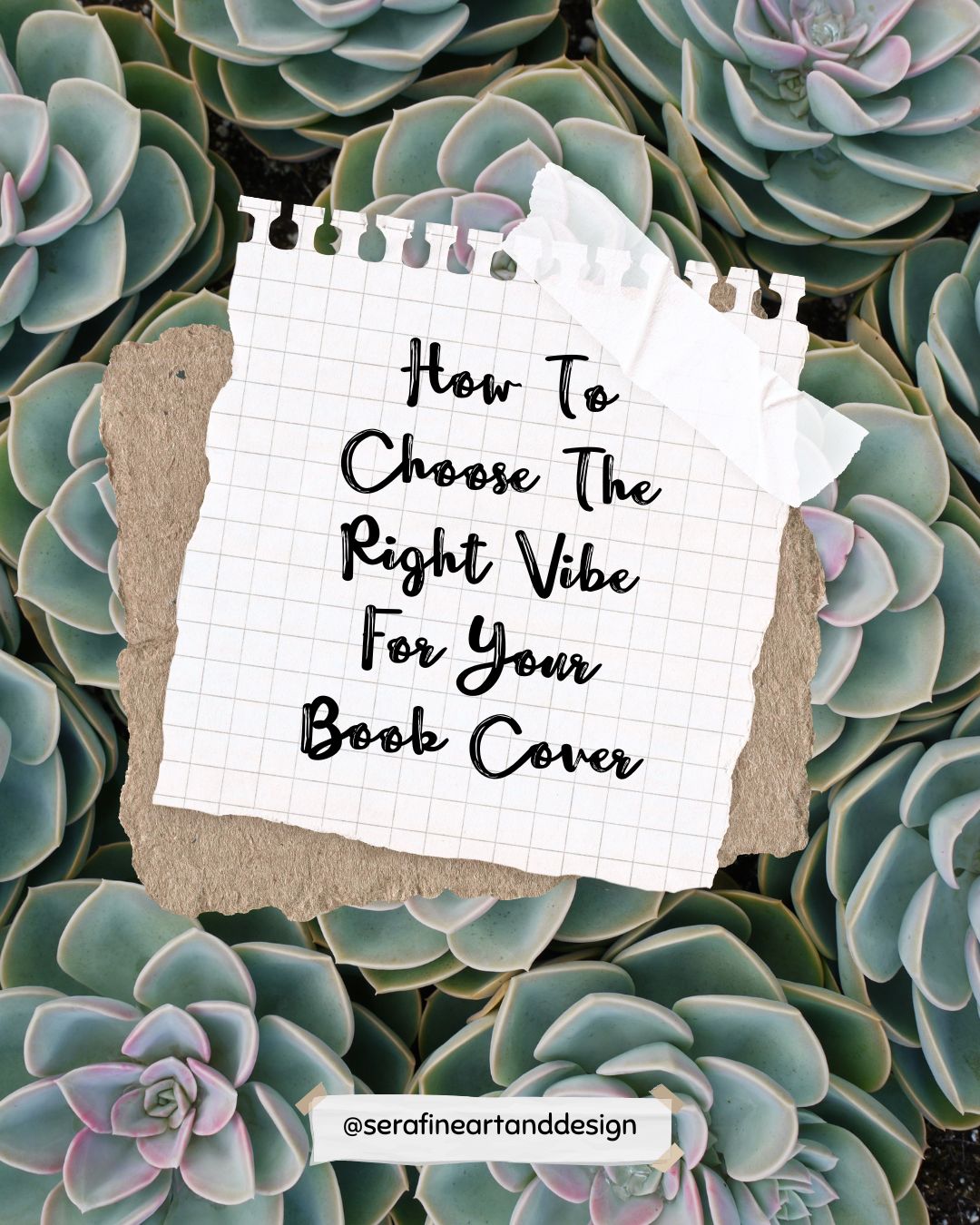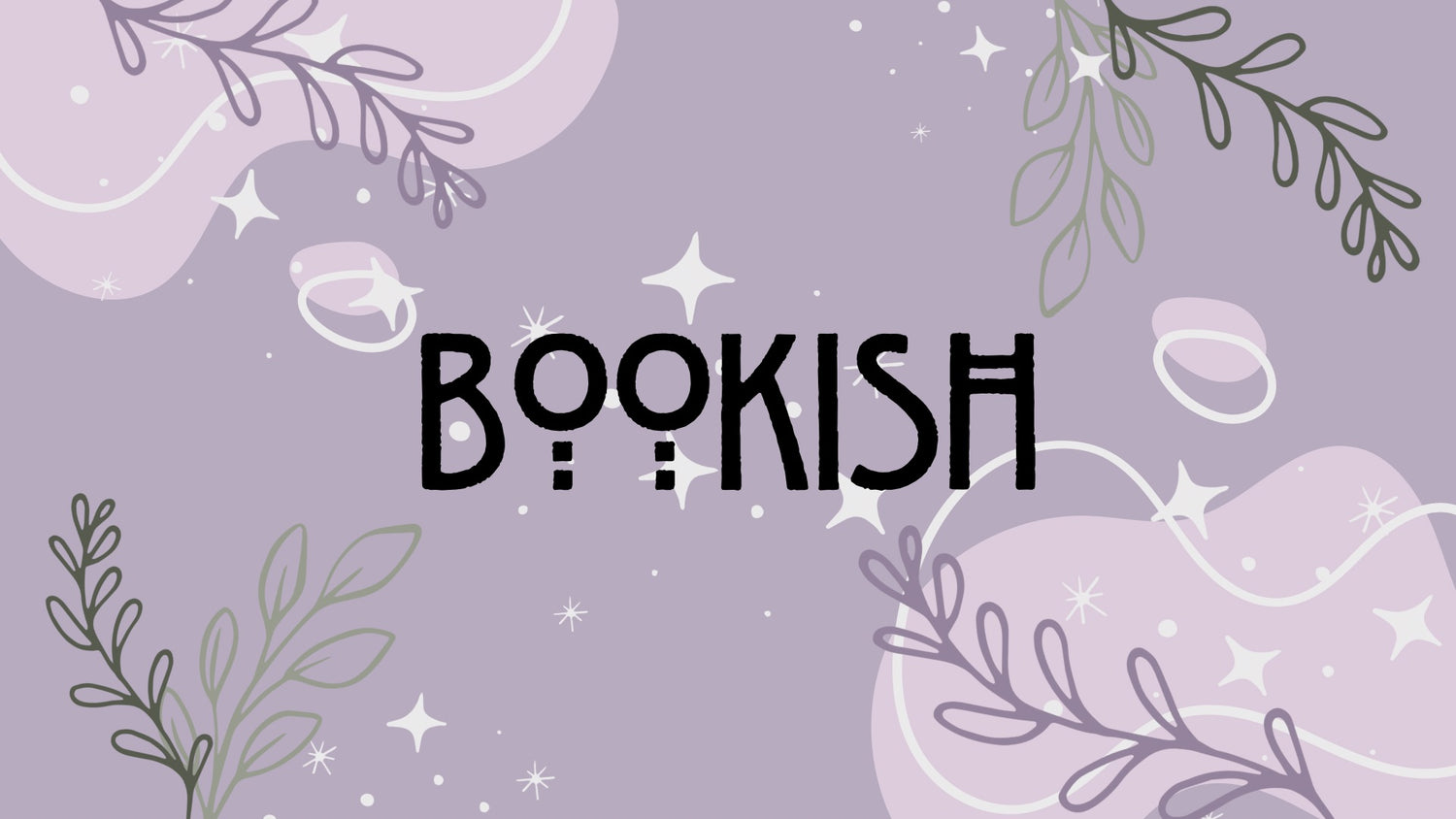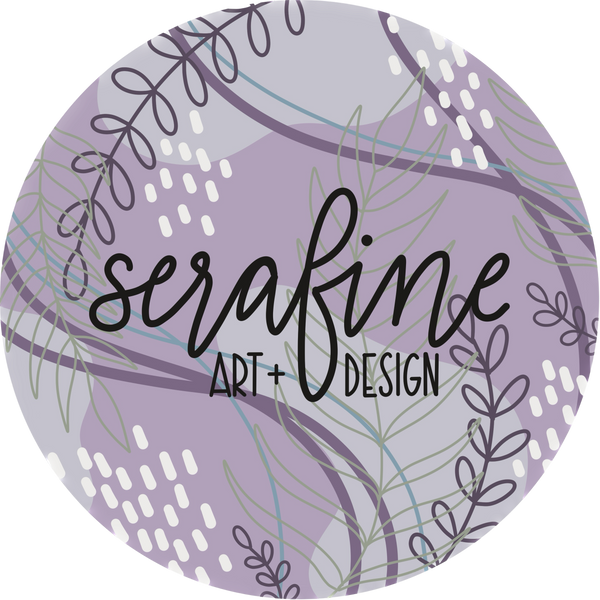
How to Choose the Right Vibe for Your Book Cover
Share
(aka: Make your book hot enough to get a second date)
You know what they say: don’t judge a book by its cover—and to that, I say… LOL okay, but we all do it anyway. Especially in the indie author world, where one scroll through Kindle Unlimited is like speed dating with fantasy men, morally gray witches, and emotionally damaged assassins. 👀
So let’s talk about the vibe of your book cover—and how to make sure yours is saying the right things to your ideal reader.
🎯 1. Know Your Genre, Know Your People
Your cover is basically your book’s outfit for the party. If you’re writing romantasy, you don’t want it showing up in thriller chic. That doesn’t mean it needs to look exactly like every other book in your genre—but it does need to send the right signals.
Questions to ask yourself:
-
Does your story lean more dark and broody or cozy and whimsical?
-
Is the romance front and center, or just a subplot?
-
Would your ideal reader be more into Fourth Wing or The Very Secret Society of Irregular Witches?
💡 Tip: Look at your comps. If your readers love Sarah J. Maas, Tessonja Odette, or Carissa Broadbent—what do their covers have in common?

🖋️ 2. Fonts Say Feelings
Typography matters. A LOT. That wispy calligraphy font might be so pretty, but if you’re writing a bloody epic about revenge and demons… it’s probably not sending the right message.
A few quick rules of thumb:
-
Romantasy: often uses serif fonts (for that fantasy feel) paired with a flowing script (to hint at romance)
-
Dark fantasy: sharp, bold, or ornate fonts with weight to them
-
Cozy fantasy: softer, rounder fonts that feel approachable and warm
-
Paranormal romance: a blend of drama and elegance—think sleek serif + gothic accents
💡 Font pairing tip: Try combining a bold serif or block font for your title with a soft script or light sans serif for the subtitle or author name.

⚖️ 3. Balance Is Everything (No, Really)
Design is just like writing—it’s about composition and flow. If all your text is clumped at the top or screaming over your artwork, it can make your cover feel off.
Things to keep in mind:
-
Centered text often feels more traditional or regal.
-
Off-center layouts can feel more dynamic or modern.
-
Keep negative space in mind (i.e. the blank spaces)—your artwork needs room to breathe!
💡 Pro tip: Zoom out. Literally. Shrink your cover down to thumbnail size. Can you still read the title? Does it feel cohesive?

🎨 4. Color Speaks Louder Than Words
Color sets the tone before anyone reads a single word. Want dark and dangerous? Jewel tones or monochrome with a pop of red. Want whimsical and cozy? Think muted palettes or soft pastels.
Match your mood:
-
Dark/High fantasy: deep purples, blacks, golds, rich blues
-
Cozy fantasy: soft greens, warm browns, pinks, cream
-
Urban fantasy: cool tones with high contrast and bold pops
-
Spicy romantasy: jewel tones with metallic accents

TL;DR – The Vibe Check
Your cover isn’t just art—it’s a promise. It’s whispering to your reader, “Hey, come escape into this world I built just for you.” And you want that whisper to be loud enough to stop their scroll.
So give your book the vibe that feels like your story. Dress it up in fonts and colors that say, “Yes, I’m exactly the kind of emotional rollercoaster you’re looking for.”
And if you’re DIYing it—first of all, bless you, you chaotic creative genius—just remember: clarity and consistency over trying to do too much. A clean, well-balanced design that tells the right story visually will do more for you than a cover that’s screaming ten different things.
Want help picking fonts, colors, or just want someone to scream “YES THIS” at your mockup?
Hit me up or maybe check out my premade covers. I’ve got a soft spot for dreamy book design and indie authors doing the dang thing. 💜


